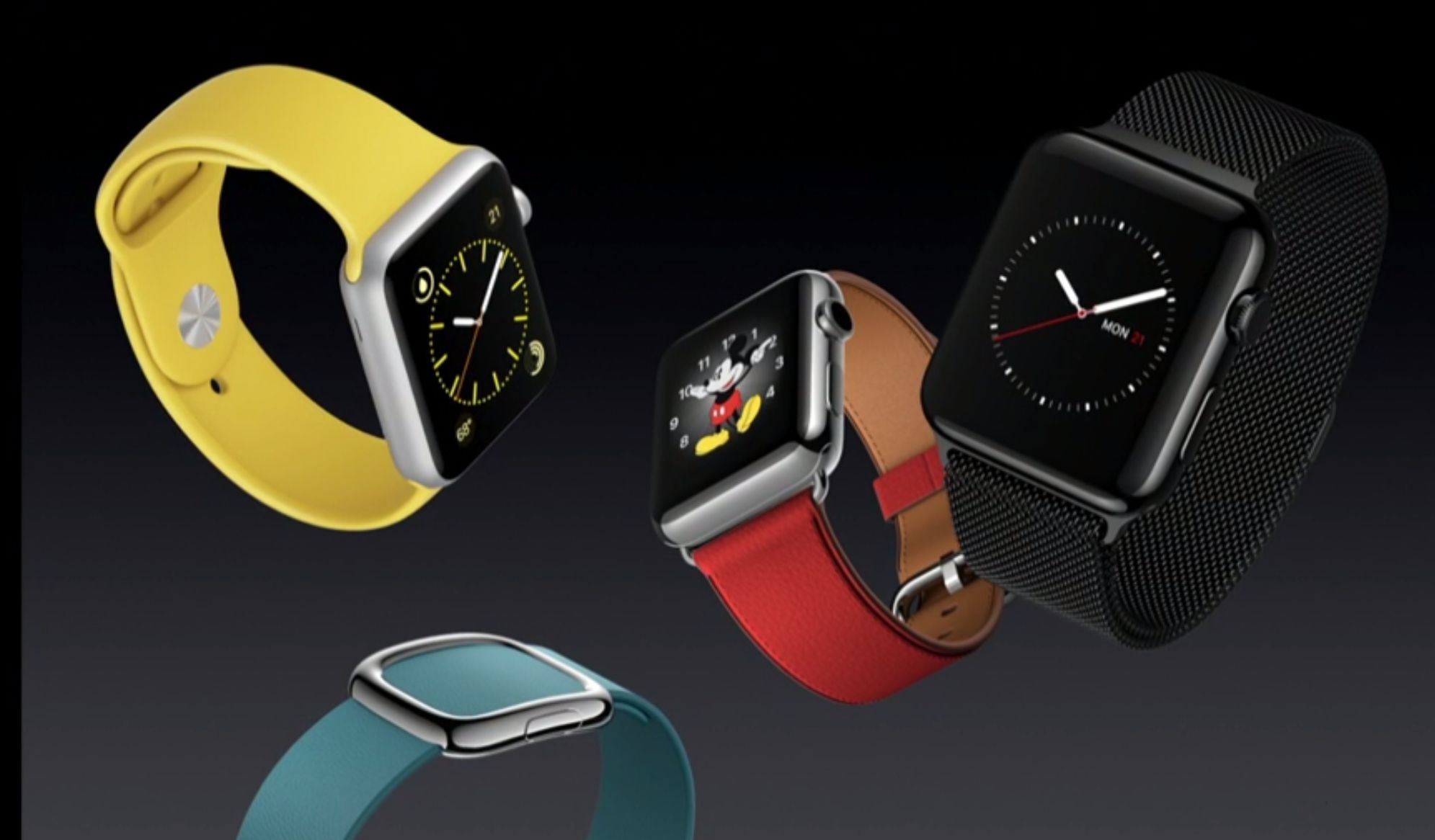the tech Giant just struck up a collaboration with the giant clothes – the Swedish company H&M. Together will create clothing. But it’s not like engineers from Silicon Valley suddenly felt the need to become Giorgio Armanim. They will work on what you understand best – that is, on data.
Company dropped the idea of on the basis of information about the users to design them a personalized clothes. Where information? From smartphones with Google’s Android operating system. The company has gathered data, in particular determining the location of the user, held, routes, action, who’s performing, where to eat, or the weather in the place where it is located.
Personalized clothing for $ 99
All these data are processed by a special algorithm, introduced by Google a few months ago. After removing the application on the General profile, the mood of the user and the circumstances in which it is located, the algorithm determines the shape, form, color, and details of the costume. Previously, the user will indicate that it is interested in clothes at the official meetings, parties or for work. And then the application of this creation will develop.
Theoretically, the potential is vast because Android uses the 1.4 billion people in the world. But really with the service will use only those who sign up for this special application. Now it is beta testing, not yet available to users. But should be this year. Brand Ivyrevel, owned by H&M announced that the tailored suit created using this app will cost a minimum of $ 99. Data will be collected during the week, and the clothes will be physically ready in a month.
ESA-floresy in 3D project
niejedyny Is a project in which Google combines artificial intelligence with fashion. From September on similar principles, working with the German e-shop Zalando modowym. This is one of the biggest players in the e-commerce market in Europe. In the project “Muze” user is still actively creates its own dress code. In a special Supplement, he can answer dozens of questions regarding his style, attitudes, preferences or moods. Ba – can draw anything, even curls-floresy, and artificial intelligence and this will take into account when designing a personal outfit. Logistics, it can be without end. One of the questions sounds like this: “What makes you happy?” and there is a choice of ten answers, in particular, parties, sleep, food, singing, work.
Created by Zalando and Google, the neural network uses all of this information and based on them, it reads the preferences in the fashion industry, developed by 600 experts of fashion. The combination of these data with information from Google search engine for a few seconds the user sees in the application ” virtual 3D-project. But now it’s only app. Zalando is not decided yet in sewing designed things and selling them.
to Know what they really want every customer
the Production of goods based on databases that increasingly, the trend not only in fashion. – Avoiding algorithms at the same initial assumptions, for example, the rules in force on the market a few years ago. Importantly, these algorithms have the ability to “learn” the market, not only in General, but from the point of view of individual users. The more hope, so they become more accurate, says Alexander Fafuła, the Manager of the team data analysis by PwC.
Whether this is the future also the industry modową? – In the moment machines acquired the knowledge about how we behave, what we are looking for and how we buy. But the human level of customization is not yet available for the software: machines can’t do this on their own. All data and computers in the world still are not able to learn and understand how to choose the style that makes each of us say, “I Love!” says Eric Bowman, Vice President of engineering at Zalando.
According to a recent PwC report “Connected living” by 2020 the number of devices connected to the Internet, will be seven times more than the number of the population. Considering how much information about its owner, his smartphone is a completely unimaginable amount of data. In the region of Central and Eastern Europe to 61 per cent. of governors considers the understanding and use of technology as one of the key problems for business. They recognize that the time to make decisions based on data, not intuition.








